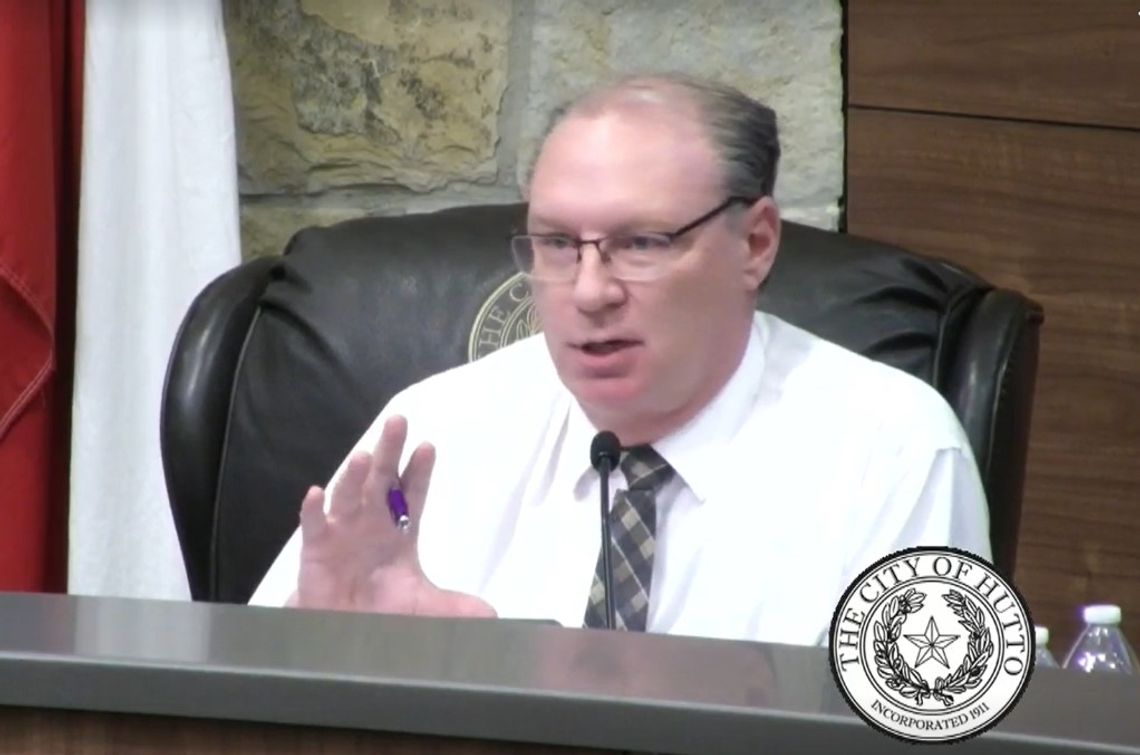HUTTO — Residents have known it was coming for a while — the city has made it clear increased demands on water and wastewater are driving a need for infrastructure that will place more financial burdens on the residents and businesses of Hutto.
During the Thursday, April 4 meeting, council approved some of those increases.
“If we look over the next five years, we are going to ask for an increase to residential, effectively $8 in their water bill with $2 starting June 1 and $6 five years later.
Then on the wastewater side, we’re talking about doing $12 to residents now and in five years doing $6 more,” Council Member Randal Clark explained at Thursday’s council meeting.
The city is taking on millions of dollars in debt for infrastructure improvement and says this rate increase is necessary in order to proceed with the issuance of debt to fund some of the immediate water and wastewater projects.
At the March 21 City Council meeting, staff proposed an increase of $10 to the water base fee and an increase of $10 to the wastewater base fee for all customers across the board.
Council asked staff to instead work on proposals that would be more proportional to the size or volume of the users.
Financial Director Alberta Barrett presented council with three options for rate increases at the meeting. Council chose an option based on meter size and based on the water customers paying for the water debt and the sewer customers paying for the sewer debt.
“That way, the one home owner isn’t paying the same amount of debt as an apartment complex is,” City Manager James Earp said.
The option chosen was also the one with the lowest impact on residential bills.
Effective June 1, the new rate schedule adds $14 total to the base rate of a small residential customer’s water and sewer bill.
An average commercial building would see an increase of $61.25, and an apartment complex would see an increase of $2,285.
Barrett said there would be further rate increases needed in following years, and Earp recommended performing a rate study to guide those increases.
“We have such major changes that are coming and we don’t know what the actual costs are going to be. We have ideas, but until you know how much water you’re actually producing and paying for you don’t know what your overhead is,” Earp said.
The amount of money these fees will collect is based on growth projections.
The subjective nature of the projections hit a sore spot with some council members, who described them as “rosy” and “lofty”.
“If the projections fall short, that falls on the rate payer, that falls on the citizens. What we need to be tracking is how the numbers on the funds are doing year to year, and if they start falling more than we’re projecting them to, then we need to look at whether we need to change the rates to avoid running into a problem,” said Council Member Dan Thornton. “That’s what the risk side of it is.”
Mayor Pro Tem Peter Gordon agreed that slower-than-projected growth could be a challenge, saying he was comfortable starting out with a low rate increase and revisiting it as needed. “We’re doing the best we can with the information we have at the time and if we have to raise it again later on then we’ll have that conversation, but I’d rather keep it minimal and have the minimal impact to the citizens now,” he said.





